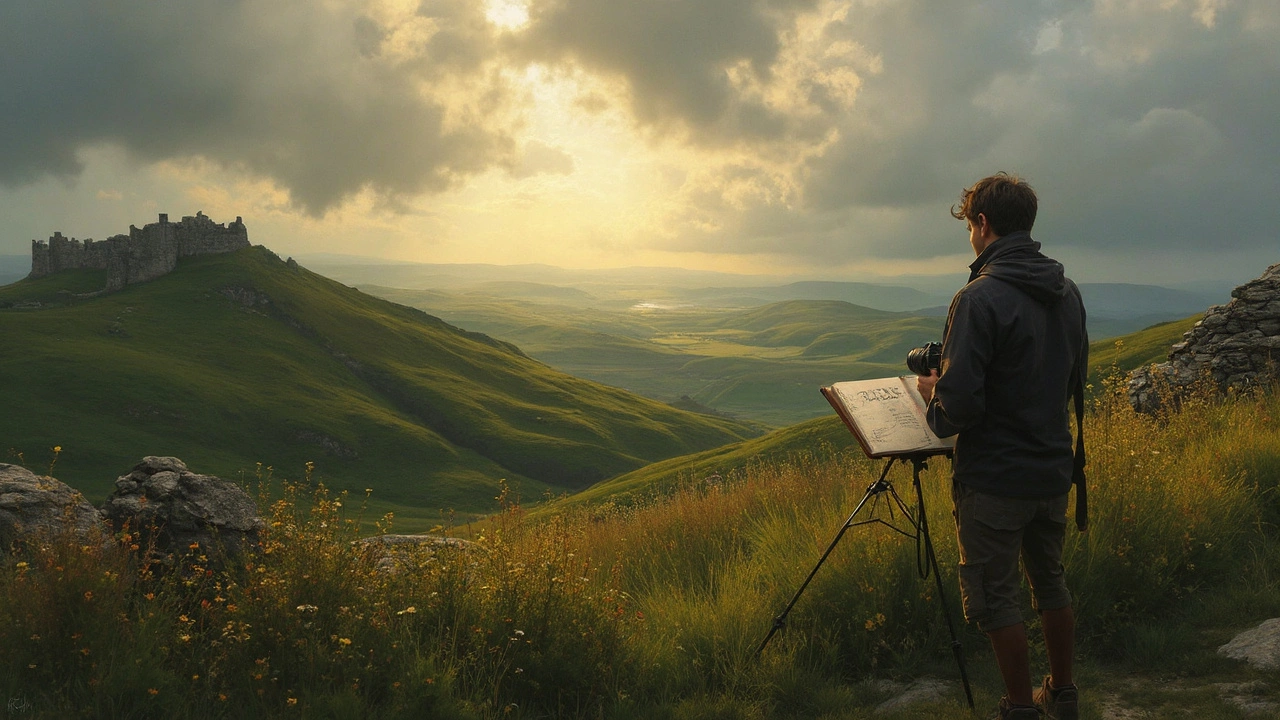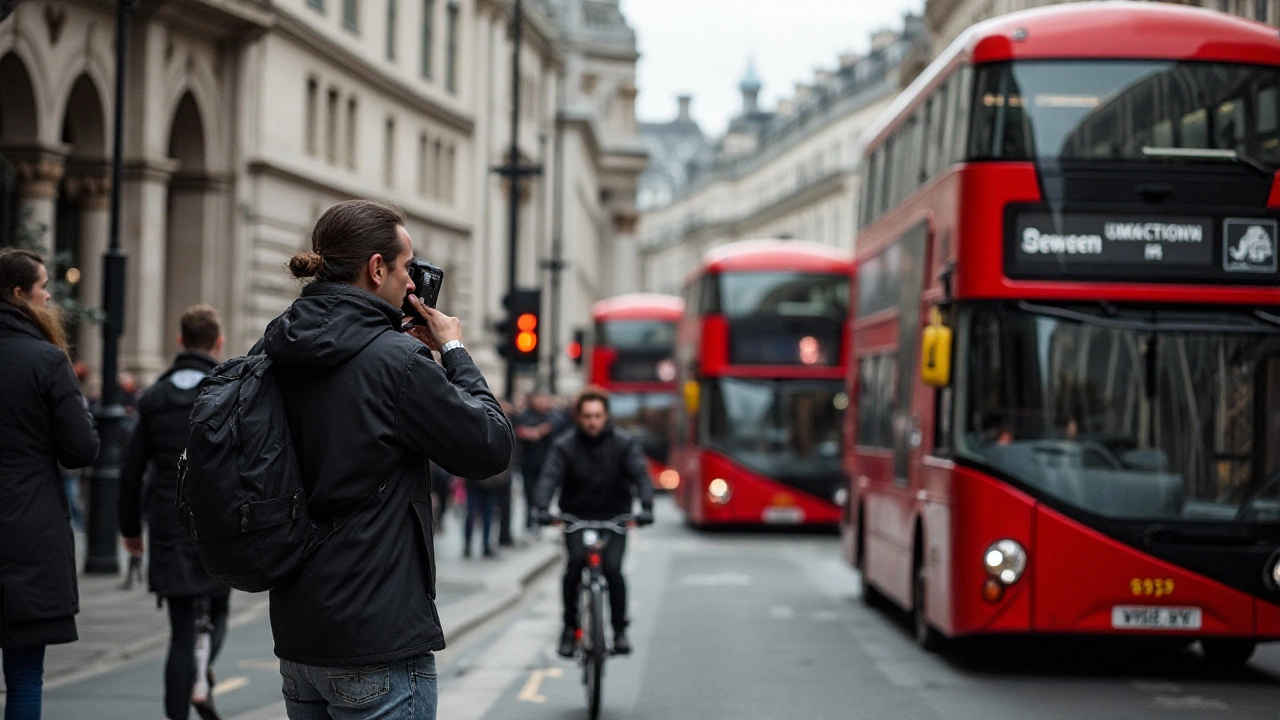Photography Tips: Quick Ways to Capture Better Photos
Want sharper, more interesting photos without buying a new camera? You don’t need a fancy setup—just a few everyday habits. Below are easy habits you can start using right now to make your pictures look more professional.
Get the Basics Right
First, master the rule of thirds. Imagine your frame split into nine equal boxes and place the main subject on one of the intersecting lines. It instantly adds balance and draws the eye. Next, keep your lens clean. A smudge can turn a great shot into a blurry mess, and a quick wipe with a microfiber cloth does wonders.
Don’t ignore lighting. Natural light is your best friend—shoot near a window or outside during the golden hour (just after sunrise or before sunset). When the sun is harsh, look for shade or use a reflector made from a white sheet to soften shadows.
Easy Tricks for Better Shots
Use the “tap to focus” feature on your phone or camera. It tells the sensor exactly where you want sharpness, so your subject stays crisp even if the background is busy. If you’re dealing with motion, raise your shutter speed. A speed of 1/200 s usually freezes walking people, while 1/1000 s is great for fast action.
Try shooting from different angles. Kneel, climb a step, or crouch low to change perspective. A low angle can make a subject look powerful; a high angle can add depth and context. Changing viewpoint is a free way to add drama.
When you edit, keep it simple. Boost contrast a little, increase the vibrancy, and crop out distractions. Free apps like Snapseed or Lightroom Mobile let you do this in under a minute. Remember, the goal is to enhance, not overpower the image.
Finally, practice consistently. Set a daily challenge—capture a single color, a pattern, or a street scene. The more you shoot, the faster you’ll spot what works and what doesn’t. Review your photos after each session and note what you liked and what you’d fix next time.
These small habits add up quickly. You’ll notice sharper focus, better composition, and more confident lighting choices—without spending a pound on new gear. Grab your camera or phone, apply one tip at a time, and watch your photos improve.

30 Apr 2025
Fine art photography isn’t just about snapping pretty photos—it’s about creating images with intention and personal vision. This article breaks down what actually sets fine art photography apart from regular photography, focusing on meaning, style, and the artist’s voice. You’ll find out how photographers approach their projects, what makes an image truly ‘fine art,’ and pick up tips for starting your own journey in this genre. We’ll also bust a few myths that often confuse beginners. At the end, you’ll see it’s less about fancy gear, and all about telling your story.
Continue reading...

23 Apr 2025
Curious about launching a career as a fine art photographer? This article untangles the first steps, from building a portfolio that gets attention to making your mark with galleries and online platforms. You'll learn real-world tips that seasoned photographers wish they'd known sooner. This isn't just about snapping pretty pictures—it's about making your work stand out. Ready to grab your camera and go for it?
Continue reading...

24 Dec 2024
Street photography often captures candid moments in public spaces, but is it considered fine art? This article delves into the debate, exploring the criteria that define fine art and how street photography fits into this framework. We'll look at the historical context, artistic intent, and presentation, offering insights into how photographers can elevate their street shots to fine art. Learn what makes a compelling street photograph and how to develop your unique artistic style.
Continue reading...


